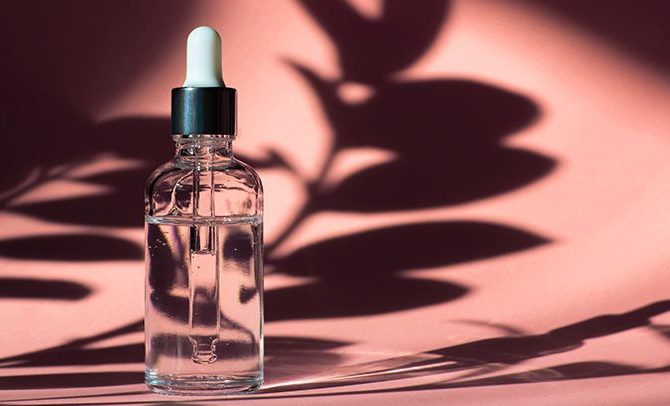
What are acids? – Acids are a skincare ingredient used for exfoliation for smoother brighter skin. They are used to treat acne, wrinkles, age spots, scarring, and uneven skin tone. Since choosing the best acid for your skin can be confusing, I haven broke down the most popular options for you.
What are the best acids for acne prone or oily skin?
- Azelaic acid is another acid used to treat severe acne and is often found in prescription medication. It works by keeping pores clear, kills bacteria, and reduces inflammation. Azelaic acid generally has very few side effects, but in some people with very sensitive skin it can cause stinging, peeling, and redness. It also helps by lightening the skin and used to treat acne scars and pigmentation.
- Salicylic acid is great for oily skin and works by exfoliating away the dead skin calls and unclogging pores by dissolving the oil, which helps reduce acne and works without irritating the skin as it is anti-inflammatory. It can be used in all skin types in cream or serum and is also effective in a face wash to cleanse your skin.
- Glycolic acid is the most popular AHA acid used in skin care and is very good removing dead skin cells and trapped bacteria in oily skin to prevent acne and brighten the face. It is also used as an anti-aging treatment as it is very good at penetrating the skin and works by exfoliating the skin and reducing wrinkles, preventing acne, fading dark spots, regenerates collagen, increasing skin thickness, and evening out skin tone and texture. However, because it penetrates very deeply and causes stronger exfoliation it has a higher chance of producing irritation so should not be used with sensitive skin. Glycolic acid can also increase your skins sensitivity to the sun, even when it is not on the skin, so you need to use sunscreen to prevent any further sun damage.
What are the best acids for dry skin?
1. Hyaluronic acid is best known for its moisturizing properties. It is able to absorb up to 1,000 times its own weight in water and helps trap moisture on the skin’s surface, which plumps up the skin and prevents moisture from escaping, which can help soften the appearance of wrinkles.
2. Lactic acid is gentler so perfect for sensitive skin and people worried about starting to use acids. It is perfect for rough, dry or flaky skin and works by drawing moisture to the skin, making it a hydrating agent, too. Cleopatra used to take regular baths in milk to improve her skin, after realising the lactic acid found in milk had a softening, moisturising effect on the skin.
How should you use an acid?
Before using acid on your face, you need to do a “patch test” on the inside of your arm and wait 1-2 days to see if you have a reaction. If you get any painful burning then you shouldn’t use it on your face. If everything is okay, start by using the acid 1-2 times a week and if your skin can tolerate it you can slowly increase the frequency. The higher the concentration, the more likely the acid will irritate the skin, so always start with a low concentration first.
Always cleanse your face thoroughly and wait for it to dry before applying the acid. Apply it using a cotton pad and wiping all over the face, avoid the eyes and mouth area and don’t forget to apply to your neck. Apply a gentle moisturiser to soothe the skin and sun cream to protect from sun damage. The acids can also be used in body wash to treat body acne or on the back of your hands to treat signs of aging.









Leave a reply